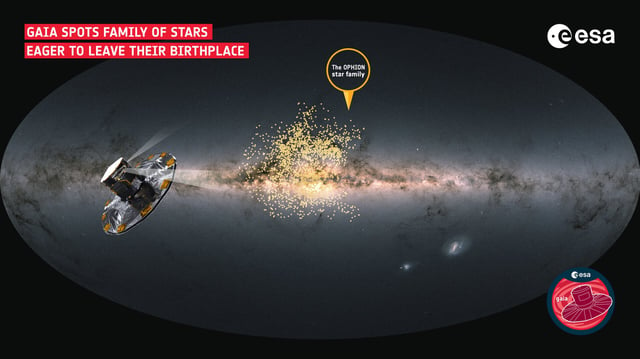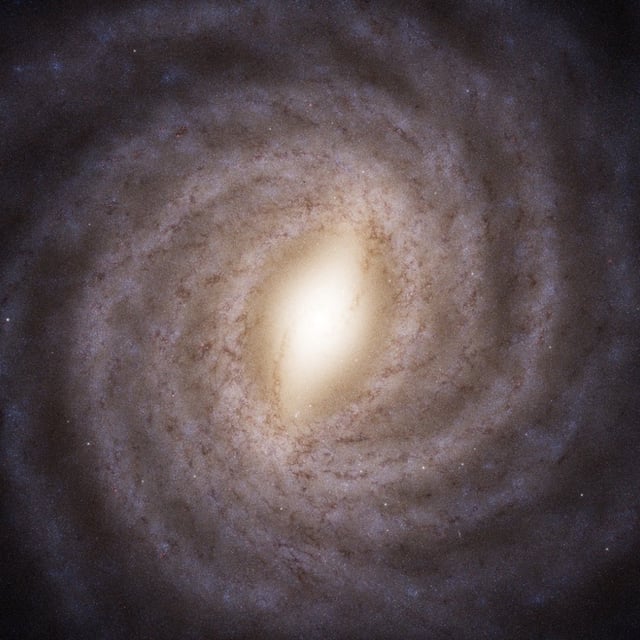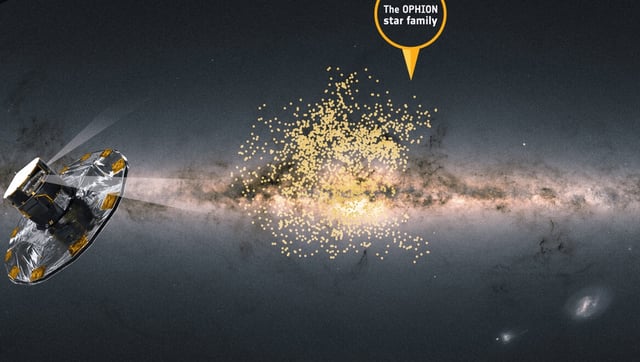Overview
- The European Space Agency's Gaia mission has uncovered Ophion, a family of over 1,000 stars under 20 million years old, located 650 light-years from the Sun.
- Ophion's stars are dispersing rapidly and erratically, defying typical patterns observed in similarly massive star families.
- The discovery was enabled by the Gaia Net machine-learning model applied to Gaia's third data release, showcasing the mission's transformative impact on astronomy.
- Researchers speculate that past supernova bursts or interactions with neighboring star clusters may have triggered Ophion's unusual dynamics, though the exact cause remains unclear.
- With Gaia's observational phase concluding in March 2025, attention now shifts to analyzing its vast datasets, with the next major data release scheduled for late 2026.


